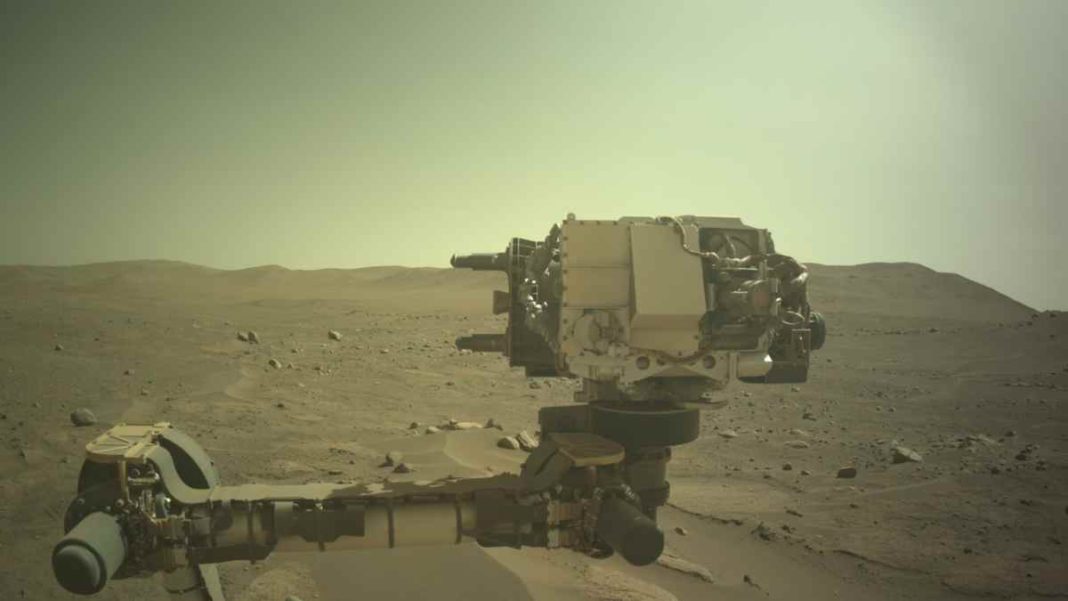UNITED STATES: In a significant milestone for space exploration, NASA’s Mars Oxygen In-Situ Resource Utilisation Experiment (MOXIE) has completed its mission aboard the Perseverance rover by successfully generating oxygen on the Red Planet. This achievement not only exceeded expectations but also holds immense promise for future human missions to Mars.
Developed by the Massachusetts Institute of Technology (MIT), MOXIE is a microwave-oven-sized device that has been quietly working aboard the Perseverance rover since its historic landing in 2021. It is designed to convert Martian carbon dioxide (CO2) into oxygen, a technology that could prove vital for sustaining human life and enabling future missions to Mars.
According to NASA, MOXIE has surpassed its original goals by producing a total of 122 grams of oxygen during its mission. This oxygen boasts an impressive purity level of 98% or better, making it suitable for a variety of applications, including life support for astronauts and as a rocket propellant.
The successful operation of MOXIE is a testament to the potential of in-situ resource utilization (ISRU), a concept that involves utilizing materials found on other celestial bodies, such as Mars, to support human missions.
NASA Deputy Administrator Pam Melroy emphasized the importance of this breakthrough, stating, “It is essential for establishing a long-term lunar presence, fostering a thriving lunar economy, and supporting an initial human exploration campaign to Mars to develop technologies that enable us to utilize resources on the Moon and Mars.”
In the sparse atmosphere of Mars, MOXIE operates by electrochemically separating one oxygen atom from each carbon dioxide molecule. The generated oxygen is then meticulously analyzed to ensure its quality and quantity meet the required standards.
NASA’s announcement of MOXIE’s success marks a significant step forward in the quest for future human exploration of the Red Planet. It underscores the possibility of astronauts “living off the land” on Mars by extracting essential resources from the planet’s atmosphere and surface.
The next phase of this endeavor involves developing a full-scale system that includes an oxygen generator like MOXIE and the capability to liquefy and store oxygen. This critical advancement will contribute to the long-term sustainability of human missions beyond Earth.
MOXIE’s achievement has not only advanced scientific knowledge but has also inspired the in-situ resource utilization (ISRU) community and the broader space industry.
Michael Hecht, the instrument’s principal investigator at MIT, commented, “There is no doubt that MOXIE inspired the ISRU community. It demonstrated NASA’s willingness to spend money on these types of emerging technology. And it has served as a flagship in the fascinating field of space resources.”
Also Read: Sunak Lauds UK’s Reintegration into EU Horizon Project for Scientific Advancement



